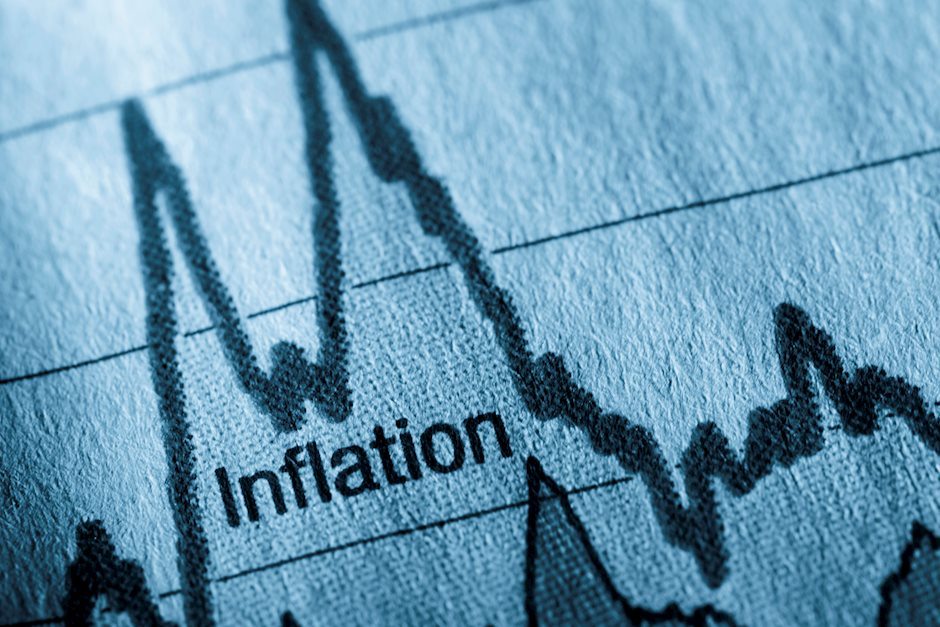Central banks balance inflation and financial stability risks

Overview: Inflation drivers continue to paint a mixed picture but inflation is likely to head lower through 2023 in US and the euro area. Price pressures from food, freight and energy have clearly eased. Labour markets remain tight, and while wage pressures have showed tentative signs of easing, underlying price pressures remain sticky. Especially the services sector drove upside surprises in the February core inflation prints. Despite the uncertainty around financial stability risks, we expect both the ECB and the Fed to continue hiking interest rates in the spring meetings.
Inflation expectations: Both US and euro area consumer inflation expectations have remained elevated, but off the peak levels. Markets' short-term expectations declined temporarily amid the SVB uncertainty but longer-term expectations remain stable.
US: US February CPI came out close to expectations (0.37%; forecast 0.4%), but core CPI surprised modestly to the upside (0.45% m/m; forecast 0.4%) driven by faster services inflation. While the shelter component explained part of the uptick, broader core services ex. shelter & healthcare picked to 0.8% m/m (from 0.65%). And even though core goods and energy CPI declined slightly, Fed is more focused on the stickier components of inflation, which still remain elevated. On a more positive note, average hourly earnings growth continued to ease to 0.24% m/m amid signs of recovering labour supply. That said, the still very high labour demand suggests that wage inflation pressures have not yet fully subsided.
Euro: Headline inflation continued to ease for a fourth month to 8.5% in February on the back of lower energy prices, but with core inflation coming in red hot and marking yet another record high at 5.6%. Declining input and producer prices suggest a peak in core inflation should not be too far off, but with the economy and labour market holding up better than expected, 'stickily' high core inflation will remain a worry for the ECB for some time yet. The growing importance of services prices in driving underlying inflation pressures is increasingly visible, with PMI manufacturing output prices falling rapidly, while services output prices remained elevated. Negotiated wage growth remained a modest 2.9% in Q4 22 (similar to Q3 22), but more high frequency wage measures based on jobs ads point to wage growth running closer to 5%, which is not consistent with the ECB's 2% inflation target.
China: CPI dropped to 1% y/y from 2.1%; hence China still has no inflation problem. PPI declined to -1.4% y/y from -0.8% y/y on the back of low commodity price inflation.
Author

Danske Research Team
Danske Bank A/S
Research is part of Danske Bank Markets and operate as Danske Bank's research department. The department monitors financial markets and economic trends of relevance to Danske Bank Markets and its clients.

















